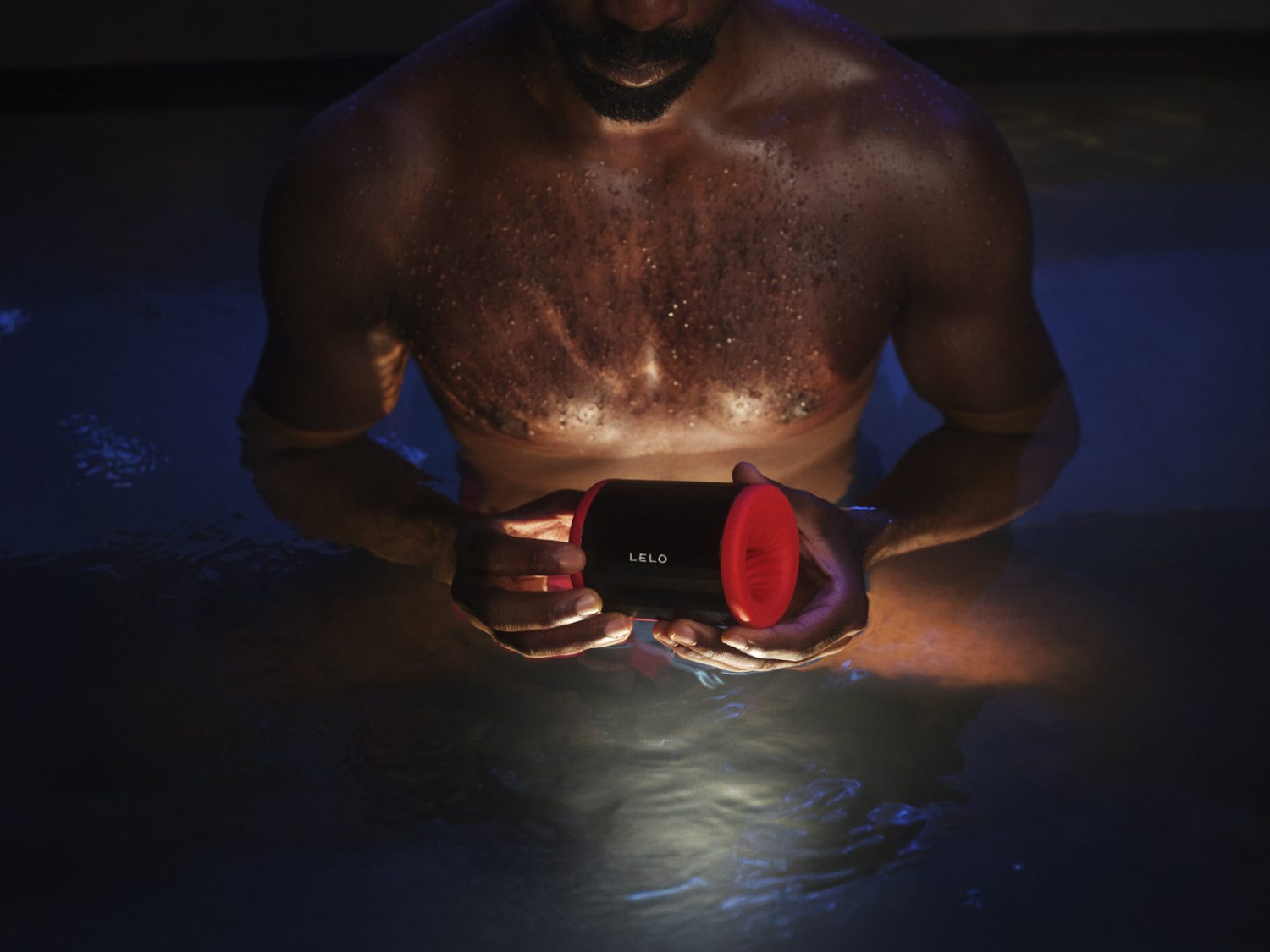Let’s talk vagina wellness.
In a perfect world, we’d be out here living our wildest lives and our vaginas would be none the wiser. But the truth is, your vagina is an indicator of overall health, just like your gut.
You know when you skimp on fresh fruits and vegetables, and start leaning on fast food? And everything’s cool at first, but soon your stomach starts to hurt, and your digestion gets all weird? That’s your gut telling you it’s out of whack. And the same thing happens to your vagina.
Because your vagina houses a complex ecosystem of bacteria, it’s helpful to know which foods, supplements and practices keep the peace. You need good bacteria down there, after all! The good stuff ensures you don’t get certain infections, like bacterial vaginosis (BV)… More on that below.
Here’s how to keep your vagina happy from the inside out, and what to do when it’s unhappy.
Caring for your vaginal ecosystem
Let’s start with what you consume every day, fluids to foods.
1) Eat the rainbow
A diet high in sugars, refined flour, fried foods, and alcohol sets your body up for pH imbalances, which contributes to bacterial overgrowth…and can lead to serious discomfort, like itching and burning.
Instead, optimize your vaginal health by choosing fresh foods: fruits and vegetables, whole grains, healthy fats and lean proteins. Keep sugar low if you can, and weave in plenty of probiotic-rich foods to keep bacteria levels balanced. Think fermented items like sauerkraut, kombucha and yogurt, and if you’re not a fan of sour tastes, invest in a good probiotic supplement. And hey, don’t worry about swearing off sugar / fried things / alcohol entirely! Just stock your fridge with whole foods — they contribute to good vaginal bacteria.
2) More water, please
Getting enough fluids is key for urinary health, particularly in preventing UTIs. Drinking lots of water keeps bacteria levels in check and helps maintain vaginal moisture. It also:
- Gives you more energy for sex
- Boosts blood flow to your vagina for increased arousal
- Prevents dry mouth when kissing
Bottom line: drink water now, enjoy abundant sexiness later.
Now, let’s talk about what you put on (and in) your vagina…
3) Do not (and I can’t emphasize this enough) douche your vagina
Think of vaginas as self-cleaning ovens. They produce natural secretions that maintain the ideal pH balance in your vagina, making it hard for “bad” bacteria to infect it. But when you kill off ALL its bacteria (including the good stuff) with a douche, you’re disrupting that natural balance.
Considering that up to 40% of women between ages 15 to 44 use douches***, let’s get the word out: don’t douche! At best it disrupts your pH levels, at worst it can give you repeated BV infections.
4) Consider a vaginal moisturizer
These days, tons of lubes double as vaginal moisturizers. Look for pH-balanced balanced formulas that nourish your delicate vaginal tissues, keeping them supple and comfortable. You’ll want this stuff to prevent microtears during sex, or chafing from tight clothes. Tears in your vagina make it more susceptible to infection, so moisturizers don’t just feel good – they prevent less-than-awesome health outcomes.
Check the label for parabens, phthalates, artificial fragrance, alcohol and petroleum: if any of these ingredients are present, they might irritate your vagina. Look for vagina-supportive ingredients instead, like hyaluronic acid and vitamin E – this lovely formula** by Playground has them both.
5) Get a lube that loves you back
Before and during sex, you can also intentionally choose lubes that keep your vagina healthy. Womaness makes a popular one called Coco Bliss*, a coconut oil based-lube with antifungal and antibacterial properties. That makes it an excellent choice for pH and microbial balance, keeping your vagina happy in more ways than one.
The top 3 signs of an imbalanced vagina
Even if you care for your vagina like a pro, infections and imbalances happen. Here are the three most common ones, and how to treat them. If you experience any of the symptoms listed below, consider this your recommendation from Dr. Emily to get checked out. Because as with all vaginal matters, it’s best to work with a care provider on a tailored course of action.
Yeast infection
- Symptoms can include: redness, itching, swelling, or burning of the vulva. Fun! (Not.) Painful sex, painful peeing.
- Causes: An overgrowth of fungus called candida. Common culprits include antibiotics (which kill off bacteria), hormonal changes during pregnancy or menopause, and diabetes: if not well-managed, the increase in sugar in the mucus membranes of your vagina can create a place for yeast to grow.
- Treatments: Topical antifungal medication, and/or antifungal pills. These are typically prescription-based, so for fastest treatment, go for a telehealth appointment to get that prescription ASAP.
Bacterial vaginosis
- Symptoms can include: itching or burning while peeing. Thin discharge that’s slightly gray, white, or green. And I’ll be honest, this one is often accompanied by a not-great smell.
- Causes: BV is NOT caused by poor hygiene, but an imbalance of “good” and “bad” bacteria. Remember what I said about douching: it kills off the good stuff too!
- Treatments: Antibiotic pills, topical antibiotics, or antibiotic creams inserted into the vagina. Same thing here with treatment: call your gyno or go for a telehealth option, and get your meds called into the pharmacy.
Urinary tract infection
- Symptoms can include: Burning during urination (or all the time), cloudy pee, or painful spasms of the urethra or bladder. Some vagina owners get chronic UTIs or have big problems kicking them, even with antibiotics, which are the standard treatment. Untreated UTI can turn into bladder or kidney infection — yeah, don’t want those.
- Causes: Bacteria from the vagina or anus enter the urinary tract and multiply. Wiping from back to front is a common cause. It might also help to pee after sex, to flush bacteria away from the urethra.
- Treatments: Antibiotics and over-the-counter medicines that reduce pain and restore bacteria levels back to normal.
Even the most wellness-aspiring among us get vagina troubles from time to time. So if you’ve experienced (or are currently experiencing) one of the issues above, don’t sweat it! Treat the infection, and try incorporating these wellness tips into your daily routine. Also, do know that some of these treatments – particularly those involving antibiotics – can cause additional imbalances. All the more reason to work closely with a care provider, to find out if you should supplement with probiotics or do anything else to get your vagina (+ whole body) back on track.
Once you do, you can look forward to a thriving relationship with your vagina…and teach it a few tricks in the process.
Want more? Sign up for my newsletter and get sex secrets on the regular.
*Use EMILY for 20% off your entire Womaness order including Coco Bliss
**Use code SMARTSEX for $20 off orders over $100 and get free shipping on orders over $69 on shopsexwithemily.com










